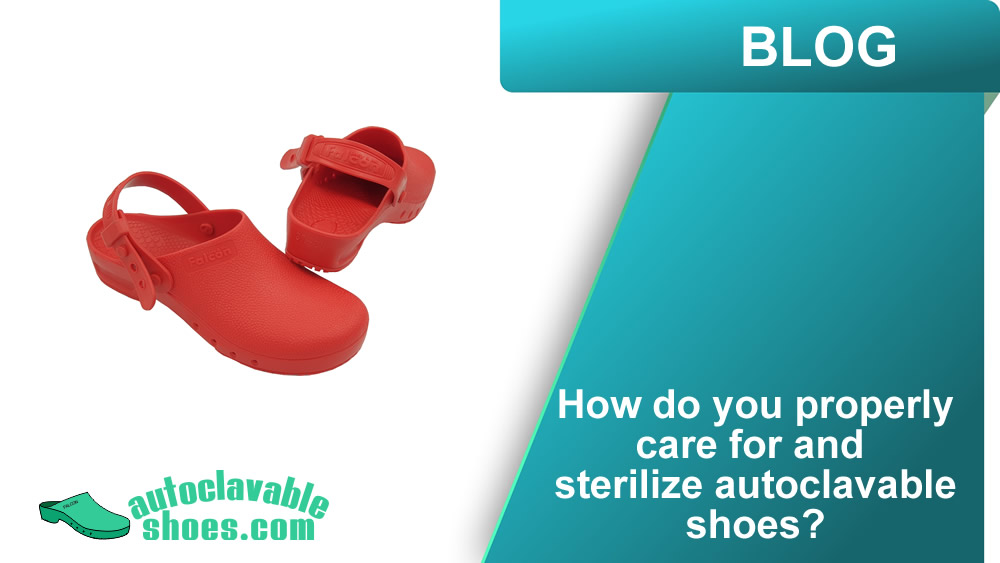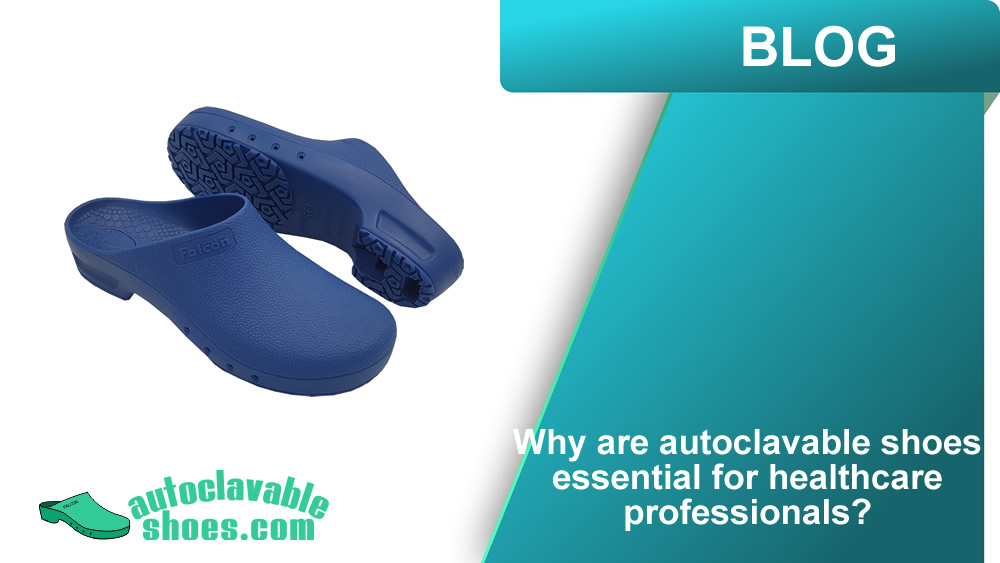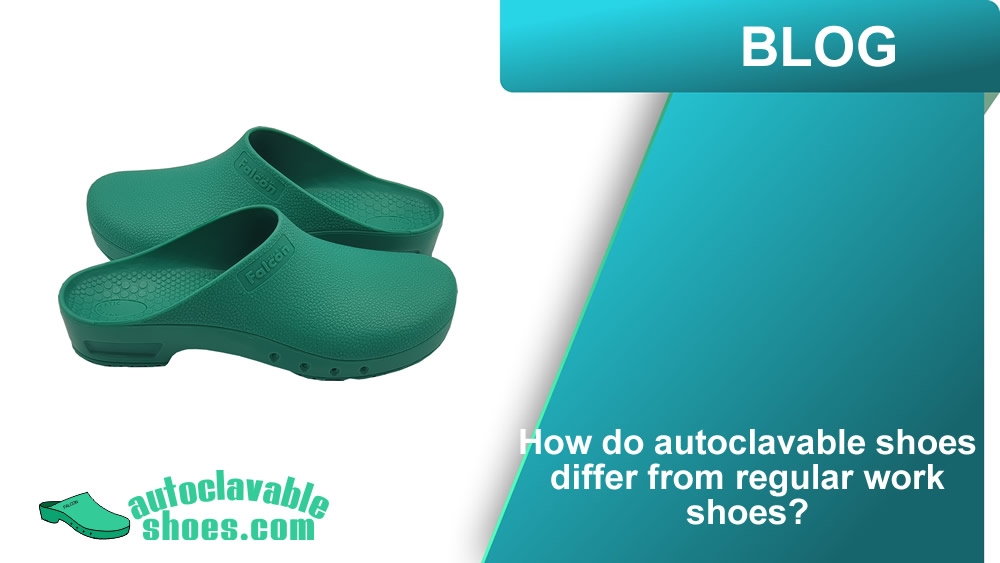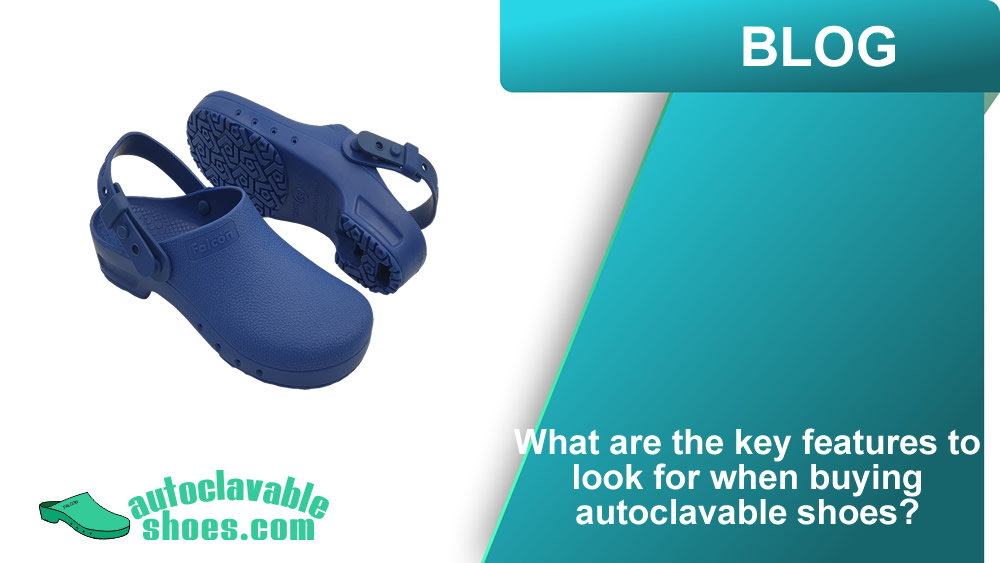
Caring for Your Autoclavable Shoes: Sterilization and Maintenance Guide
To ensure your autoclavable shoes provide maximum hygiene, durability, and safety, proper care and sterilization are essential. While their design is robust, following the correct procedures will extend their lifespan and guarantee effective decontamination.
The primary method for sterilizing these shoes is the autoclave. Before placing them in the autoclave, always ensure the shoes are pre-cleaned. This usually involves rinsing off any visible debris, blood, or fluids under running water. You can also wash them with soap and water or a mild disinfectant. Thorough pre-cleaning is crucial because autoclaves work by steam penetration; any organic material left on the surface can hinder the sterilization process.
Once cleaned, place the shoes in the autoclave according to the manufacturer’s guidelines and your facility’s protocols. Autoclavable shoes are typically designed to withstand temperatures of 121°C to 134°C (250°F to 273°F). Ensure the shoes are placed in a way that allows steam to circulate freely around all surfaces. After the cycle is complete, allow them to cool down naturally before handling.
Beyond autoclaving, general care includes:
- Regular Cleaning: Even if not autoclaved daily, clean your shoes frequently to remove dirt and spills. Their fluid-resistant material makes this easy.
- Inspect for Wear: Periodically check for any signs of damage, cracks, or excessive wear on the soles or body. While durable, constant use in demanding environments can eventually lead to wear and tear. Replace them if you notice significant damage that could compromise their protective qualities.
- Store Properly: When not in use, store your shoes in a clean, dry area away from direct sunlight or extreme temperatures.
By adhering to these simple care and sterilization practices, you’ll maximize the hygienic benefits and extend the life of your autoclavable shoes, keeping you safe and compliant in your professional environment.


